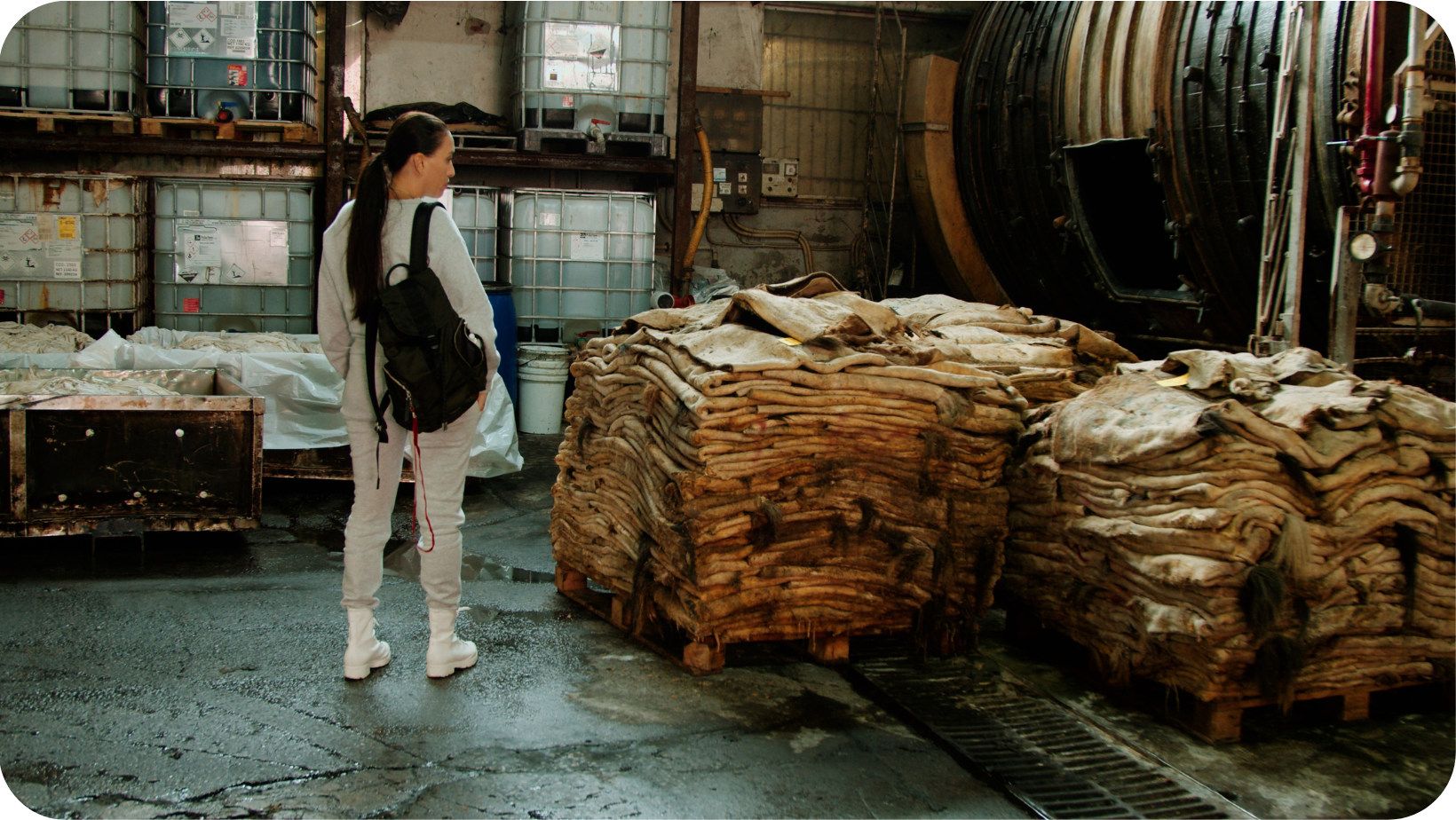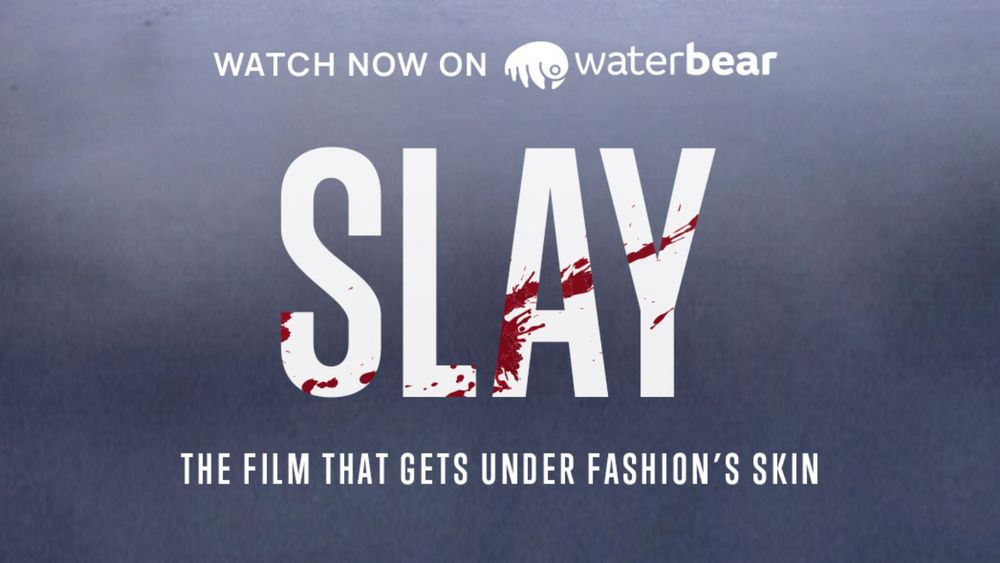Rebecca Cappalli: Director of SLAY, the fashion industry exposé
There can be no denying that animal agriculture is one of the leading causes of the climate crisis and animal welfare violations across the globe, and whether vegan or non-vegan, this is becoming increasingly hard to deny, with documentaries playing a vital part in raising awareness of the issue. But, unfortunately, the same can’t be said for people's awareness of the environmental and ethical effects of non-vegan fashion; until now. A new documentary is raising awareness of the plight of animals used for fashion and the effect it has on the planet too.
We spoke exclusively with Rebecca Cappelli, director of SLAY to find out the uncomfortable truth behind the fashion industry.
V-Land (V-L): SLAY provides an in-depth look into the realities of today's fashion industry with eye-opening truths that could change viewers' fashion choices for life. Can you share with our readers the process behind the documentary, and how it came to be?
Rebecca Cappelli (RC): Early 2019 I decided to make a feature documentary on the skin trade for fashion, with a focus on fur, leather and wool. SLAY is an unscripted documentary film. Along the way and with research and information, I realised we had to cover some countries we originally didn’t plan to cover like Brazil and China. Everything you see in the film is shot for the first time on location. I then wrote the script when the film was 80% shot.
V-L: SLAY unravels a harrowing story of misinformation, greenwashing, and animal cruelty throughout the industry. What has the reaction been from the fashion world?
RC: Many fashion brands and fashion organisations are responding incredibly well, they are seeing they are part of a problem that has been more or less a blind spot until now, and thankfully there are wonderful human beings who want to change fashion for the better. Unfortunately, some within the industry are staying silent, hoping the film will go away and consumers can be kept in the dark, but I believe the time has come for this to be a mainstream conversation.
V-L: What were the most challenging aspects of the documentary for you as a filmmaker?
RC: Making a documentary film requires a gigantic amount of work. I would say doing it without a script is very difficult, but allows for more authenticity, and the result is much better in my opinion. I would say some of the most challenging parts were directing in situations where I was overwhelmed with emotion and taking in new information, or witnessing suffering. But you have to stay focused, and I feel it made me grow a lot as an individual and as a filmmaker.
V-L: What do you believe to be a viable solution to put an end to unethical practices?
RC: We need to be aware of the realities within these industries, and not turn a blind eye with the excuse that it is too painful to see. We have a moral responsibility to educate ourselves if we are contributing to the suffering of others. We also need to unlearn all the propaganda from the skin industries and the fur trade that want us to believe skins are sustainable, and would like us to forget about what they are doing to animals behind closed doors. And then, brands need to change, and consumers need to change, and understand skins are not a fabric or a material.

Rebecca Cappelli
V-L: In a world of fast fashion on demand, can society ever truly transition away from the current system towards vegan fashion?
RC: We have all the solutions and creativity to change, the question is more: will we? We definitely need to stop buying new things, use what we have, buy second hand, swap with friends, and demand a totally ethical fashion system as per the concept of Collective Fashion Justice, our non-profit partner for the film. Follow our campaign #WhatShouldIWearInstead
V-L: We’ve started to see a rise in vegan fashion designers which is encouraging, but what are your hopes for the future of fashion?
RC: I hope the sale of fur is banned completely, there is an ongoing ECI for European citizens and we invite everyone to sign it.
And I hope brands move away from animal skins and embrace sustainable, animal-free materials that can give the workers dignified work, living wages and not pollute and poison their communities.
V-L: How can people get involved, other than buying second-hand and buying from vegan fashion brands?
RC: Watch and share SLAY, take action, and get in touch if you would like to organise a screening at your school or university. Follow our work and support if you can, by donating to Collective Fashion Justice.
If you’re looking to reduce your carbon footprint whilst staying in fashion, check out clothes swapping and explore ethical vintage fashion, for a selection of vegan fashion options. And head on over to WaterBear to add SLAY to your watch list.
